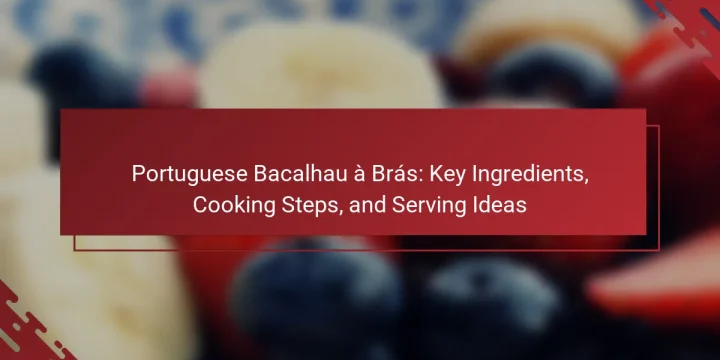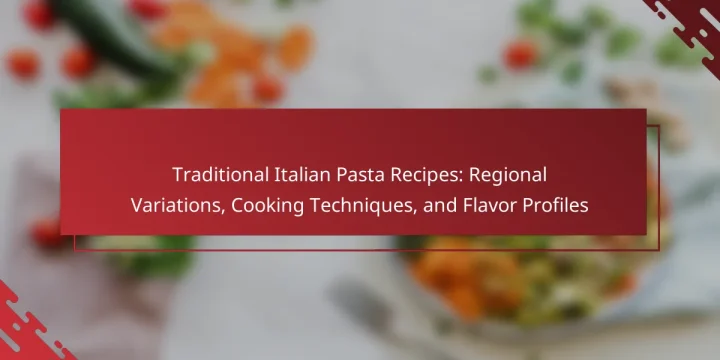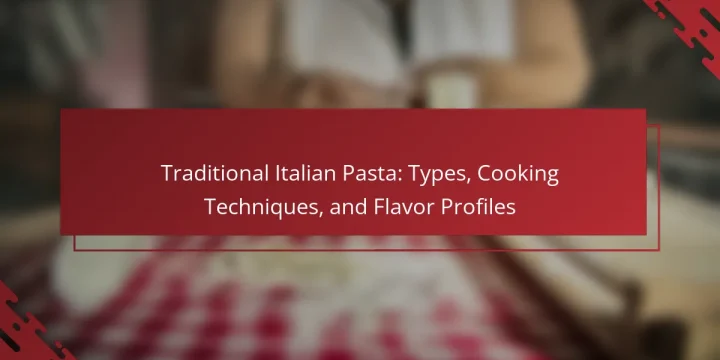
German mustard is a condiment made primarily from ground mustard seeds, known for its range of flavors from mild to spicy. Key ingredients include mustard seeds, vinegar, water, and salt, with textures that can be smooth or coarse. This condiment is commonly paired with sausages and sandwiches and comes in various types, such as sweet, spicy, and whole grain, each offering distinct flavor profiles. With origins tracing back to ancient Roman times, German mustard remains a staple in German cuisine and enjoys global popularity. This article explores the different varieties of German mustard, their flavor profiles, and ideal culinary pairings. What is German Mustard? German mustard is a type of condiment made primarily from ground mustard seeds. It is known for its distinct flavor, which can range from mild to…







